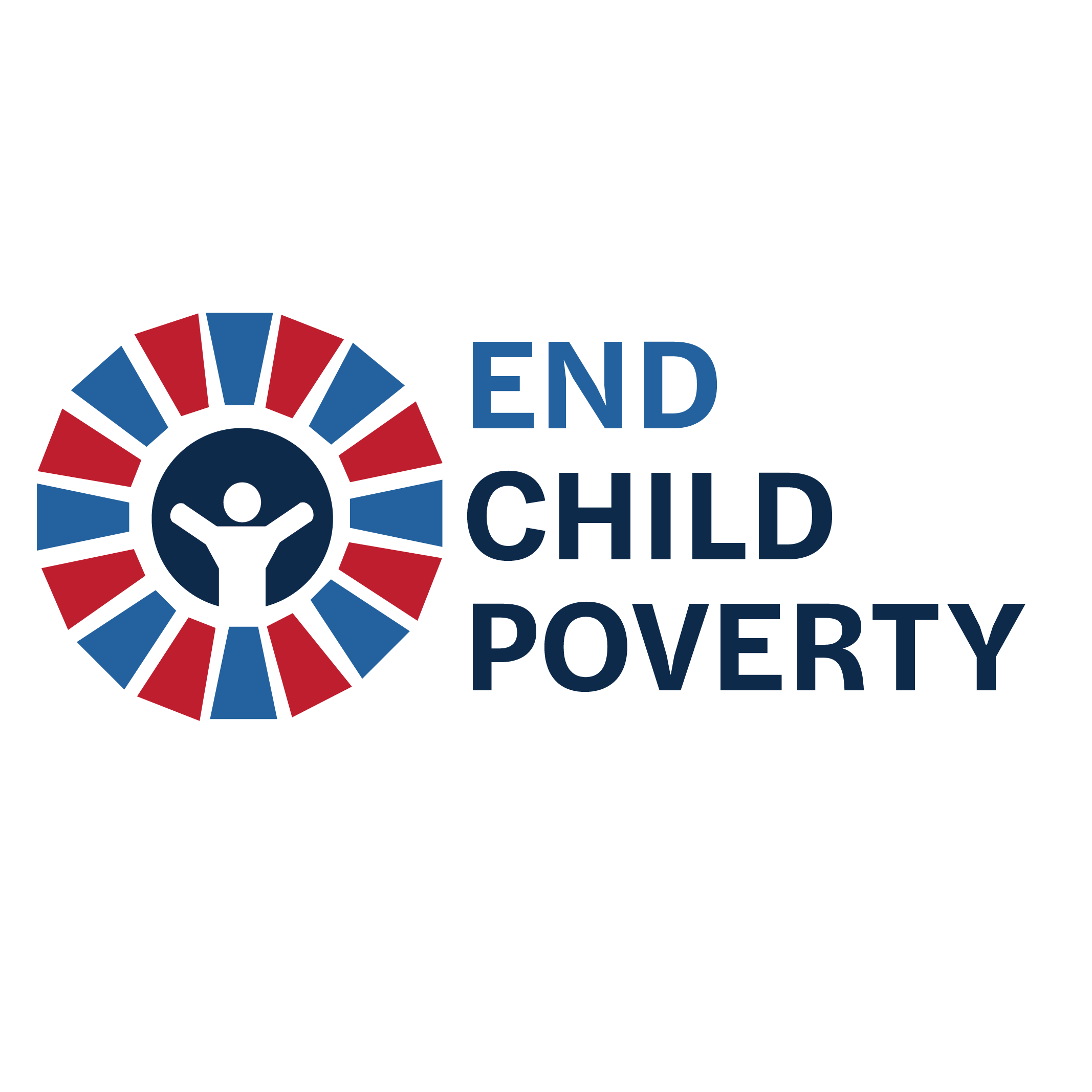Addressing Diaper Need and Lifting Children out of Poverty
By Phillip Vander Klay, Director of Policy and Government Relations, National Diaper Bank Network
One in three families struggles to secure enough diapers to keep their child clean, dry and healthy.[i]
Known as “diaper need,” this challenge of getting enough diapers is an often-hidden consequence of poverty and low wages. Infants and toddlers require eight to 12 diapers each day during their first few years. Procuring a sufficient supply of diapers costs families between $70 and $80 each month. While not as well known as food insecurity or homelessness, diaper need negatively impacts children’s health, parents’ mental well-being and families’ economic stability.
Without a sufficient supply of clean diapers, desperate parents often delay a needed diaper change or reuse disposable diapers by cleaning out fecal matter and putting the soiled diaper back on their child. A 2013 study showed that 32 percent of food bank clients reported reusing a disposable diaper and 48 percent delayed changing a dirty diaper to make their supply last longer.[ii] These practices, pursued out of desperate necessity, put children at risk of diaper dermatitis, urinary tract infections, and other conditions that may require medical care.[iii]
Diaper need causes parents significant distress. Research that the National Diaper Bank Network conducted with the Yale School of Medicine found that diaper need correlates strongly with maternal depression, even to a greater degree than food insecurity.[iv] Plus, diaper dermatitis, often associated with diaper need, further contributes to parental anxiety.[v]
Compounding the problems outlined above, diaper need negatively impacts the economic well-being of children and families. Many child care providers require a full day’s or week’s supply of diapers in order for parents to drop off their child. However, diapers alone can consume up to 14 percent of a low-income family’s budget, creating a barrier to accessing even subsidized child care. In fact, 56 percent of parents who use child care so they can go to work or school report missing an average of four days each month due to diaper need.[vi] Diaper need can create a vicious cycle for low-income families as their low wages prohibit a sufficient supply of diapers, which in turn further depresses their wages by limiting their ability to work.
Addressing diaper need is critical to ensuring that families and children have the basic necessities needed to thrive and meet their full potential. With enough diapers, children are healthier and parents are less stressed and better able to provide for their families. A recent study of The Diaper Bank of Connecticut revealed the economic benefits of meeting diaper need. For every dollar invested in diaper assistance for families, personal income for a family grew by an average of $11.40.[vii] Diaper assistance provided by The Diaper Bank of Connecticut removed barriers for parents to attend work and school, enabling more consistent work hours and better class attendance. Considered in aggregate, $500,000 of diaper assistance provided by The Diaper Bank of Connecticut resulted in a total increase of personal income among diaper recipient households of $5.8 million in 2016 and a projected increase of $17.6 million in 2031 when adjusted for inflation and the cumulative education, wage, and salary supplements within the model.[viii]
Unfortunately, our country’s policies do not treat diapers as the necessity they are. There are few supports for families struggling with diaper need. Funds from the Supplemental Nutrition Assistance Program and Women, Infants, and Children cannot be used for diapers, and if a family receives cash assistance through the Temporary Assistance for Needy Families program, the monthly diaper bill can consume up to 40 percent of the assistance in some states. Furthermore, diapers are not a “qualified medical expense” under the Public Health Service Act, and thus cannot be purchased with health savings accounts or Healthcare Reimbursement Arrangements (HRA).
This is why the National Diaper Bank Network, as well as 17 other national organizations, have endorsed the End Diaper Need Act of 2019 which was introduced by Reps. Barbara Lee and Rosa DeLauro in the House of Representatives, and Sens. Tammy Duckworth and Bob Casey in the Senate. The bills would create a $100 million demonstration grant program focused on scaling successful state, local and nonprofit programs in order to meet diaper need across the country. The End Diaper Need Act of 2019 would also make diapers “qualified medical expenses” and increase their accessibility to medically complex children.
Together, we can pass legislation and change policy. We can invest in families and remove barriers to their success. We can end diaper need and lift children out of poverty. Together, we can make sure that everyone has the basic items – such as diapers – that they need to thrive and succeed.
[i] Raver, C., Letourneau, N., & D’Agostino, H. (2010). Huggies® every little bottom study: Diaper need in the U.S. and Canada. (Report commissioned by Huggies).
[ii] Waxman, E., Santos, R., Daley, K., Fiese, B., Koester, B., & Knowles, E. (2013). In short supply: American families struggle to secure everyday essentials (Report by Feeding America)
[iii] Adalat, S., Wall, D., & Goodyear, H. (2007). Diaper dermatitis-frequency and contributory factors in hospital attending children. Pediatric Dermatology, 24(5), 483-488
[iv] Smith, M. V., Kruse, A., Weir, A., & Goldblum, J. (2013). Diaper need and its impact on child health. Pediatrics, 132(2), 253–259. http://dx.doi.org/10.1542/peds.2013-0597.
[v] Adalat, S., Wall, D., & Goodyear, H. (2007). Diaper dermatitis-frequency and contributory factors in hospital attending children. Pediatric Dermatology, 24(5), 483-488
[vi] Carstensen, F., Gunther, P. (2018) Better Health of Children: The Social and Economic Impact of the Connecticut Diaper Bank. Connecticut Center for Economic Analysis. available at https://ccea.uconn.edu/2018/05/05/better-health-of-children-the-social-and-economic-impacts-of-the-connecticut-diaper-bank/
[vii] Ibid.
[viii] Ibid.

